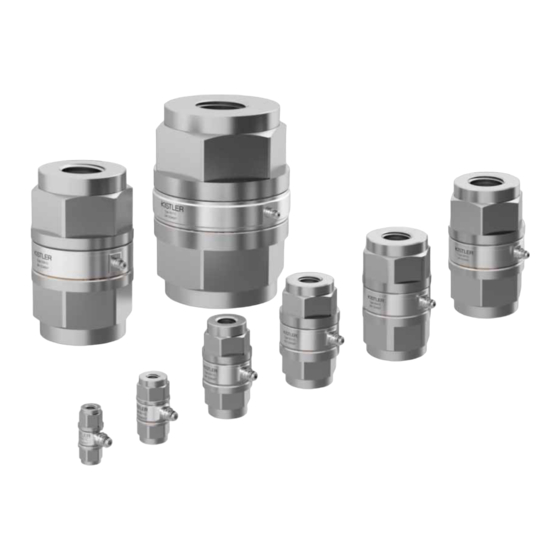
Summarization of Contents
Important Notes
For Your Safety
Information and warning notes for hazard-free operation and maintaining safe condition.
Notes on Handling the Instrument
Guidelines for proper use, environmental conditions, and maintaining insulation resistance.
Tips on the Use of These Operating Instructions
Advice on reading the manual efficiently and obtaining replacements if lost.
What Happens in the Event of Changes?
Information on how equipment modifications affect operating instructions and documentation updates.
Disposal Instructions for Electrical and Electronic Equipment
Guidance on environmentally responsible disposal of electronic instruments at the end of their life.
Software Upgrades and Updates
Information on mandatory software upgrades and their importance for product functionality and liability.
General Description of the Instrument Text
What is the Purpose of a piezoelectric load cell?
Explains the function of piezoelectric load cells for measuring dynamic or quasi-static forces and their key characteristics.
Functional Principle
Describes how the force is measured using a preloaded load washer with quartz crystal plates.
Construction of the Piezoelectric Load Cell
Details the internal components and structure of the piezoelectric load cell, including preload and insulation.
Assembly, Installation and Initial Start-up
Important Notes
Emphasizes careful handling of precision instruments to maintain accuracy and avoid damage.
Installing the piezoelectric load cell
Provides critical notes for proper installation by qualified personnel, focusing on contact surfaces and connections.
Standard Wiring and Cabling of the Measuring System
Outlines the process of connecting sensors to charge amplifiers using appropriate low-noise, highly insulating cables.
Various Mounting Possibilities, Force Introduction
Illustrates different methods for mounting load cells and introducing tensile/compressive forces, including considerations for side forces.
Operation
Range Selection
Advises on setting sensitivity using charge amplifiers according to calibration certificate data.
Measuring Small Force Changes
Explains how to accurately measure small force variations superimposed on a large preload using specific steps.
Useful Frequency Range
Discusses the frequency response of piezoelectric sensors and the limits of accurate measurement due to damping.
Temperature Influences
Details how temperature changes can cause zero drift and the importance of minimizing temperature variations during measurement.
Polarity of the Measuring Signal
Explains how compressive and tensile forces generate positive or negative output voltages from the charge amplifier.
Maintenance
Recalibrating the Instrument
States that recalibration is necessary after overload and should be done at the factory via a distributor.
Maintenance Work
Provides essential notes on checking for damage, handling repairs, and cleaning connectors for optimal performance.
Rectifying Faults
Troubleshooting
Lists common faults like no measuring signal, faulty amplifier/sensor, and provides remedial measures.
Defective load cell
Instructs users on how to proceed if a force transducer is defective, including contacting the distributor and sending it for repair.
Glossary
What does this Expression Mean?
Defines terms used in the operating instructions related to piezoelectric measurements and load cells.
Measurement Uncertainty
Explains systematic and random errors, accuracy, precision, and reproducibility in measurements.
Linearity
Defines linearity and explains methods for determining the 'best straight line' for sensor calibration curves.
Frequency Range
Discusses the useful frequency range of piezoelectric sensors, its limitations due to resonance, and related accuracy.
Influence of Temperature
Explains temperature-induced errors like zero drift and gradient errors, recommending protective measures.
















Need help?
Do you have a question about the 9301C and is the answer not in the manual?
Questions and answers